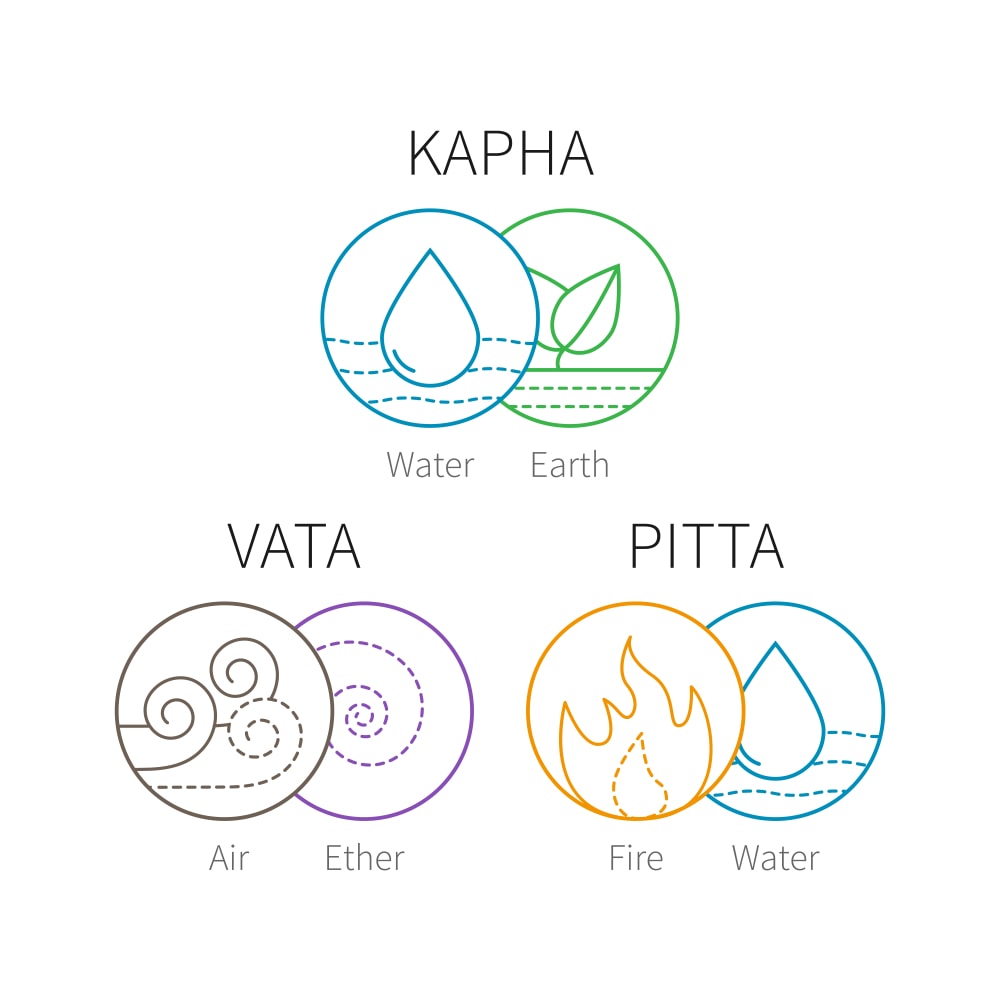Many people already have habits rooted in Ayurvedic medicine (or Ayurveda, for short). Everything from meditating and deep breathing during yoga to using herbal medicine or a jade roller as part of your beauty routine falls under Ayurveda. But what is it? Ayurveda is the practice of medicine dating back thousands of years in India. It looks at the body as a whole rather than as individual parts, working toward the goal of unifying the mind, body, and spirit. While herbal remedies and natural medicine are nothing new, their revival in the beauty industry is.
2020 inspired greater interest in self-care, including more wholesome, relaxing beauty routines. Market research shows this trend isn’t going anywhere soon- with estimates showing that Ayurvedic medicine revenues will climb to 14.9 billion by 2026. Adding Ayurveda to your beauty routine has a plethora of benefits for the body and mind and it will take your self-care to a whole new level. Let’s take a closer look at some Ayurvedic beauty trends and their benefits that can make your perfect beauty routine a reality.

1. Start By Understanding Your Dosha
Ayurveda focuses on bringing about balance in the Doshas, which are basically different types of energy in your body. The three Doshas are Pitta, which is responsible for skin and hormonal metabolism, Kapha, which is responsible for proper moisture balance, and Vata, which circulates nutrients to the skin. When Pitta is out of balance, skin is sensitive and photosensitive. It may also be prone to acne, blemishes, discoloration, and inflammation. Kapha being unbalanced causes excessive oiliness and problems like blackheads, pimples, and edema. Unbalanced Vata energy makes skin dry and thin, resulting in issues like dark circles, wrinkles, and chapped skin.
It’s also very possible for more than one channel of energy to be unbalanced. Pitta-Kapha skin is oily and sensitive, Vata-Pitta skin is dry and sensitive, and Vata-Kapha is dry with oily zones. Once you understand your skin type and what energies are off, it’s easier to customize a beauty routine that will actually work for your face. Every person is different and their beauty regimen should be too for the best results. Below, we’ll provide some points for each skin type, as well as some general Ayurvedic principles that have benefits for everyone.
